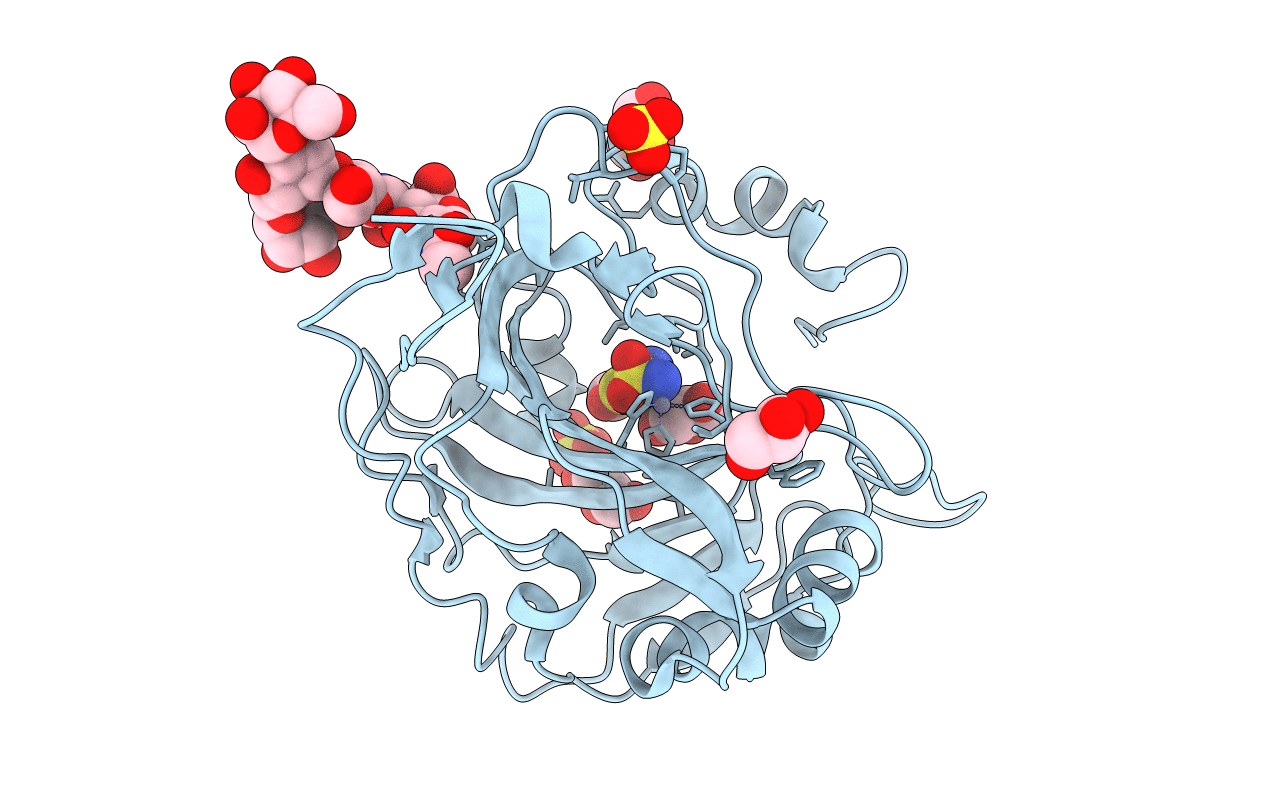
Deposition Date
2013-07-24
Release Date
2014-01-01
Last Version Date
2024-11-20
Entry Detail
PDB ID:
4LU3
Keywords:
Title:
The crystal structure of the human carbonic anhydrase XIV
Biological Source:
Source Organism:
Homo sapiens (Taxon ID: 9606)
Host Organism:
Method Details:
Experimental Method:
Resolution:
2.00 Å
R-Value Free:
0.20
R-Value Work:
0.18
R-Value Observed:
0.18
Space Group:
P 41 21 2


